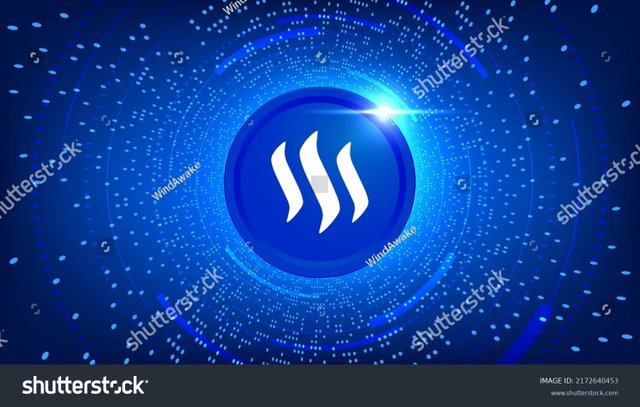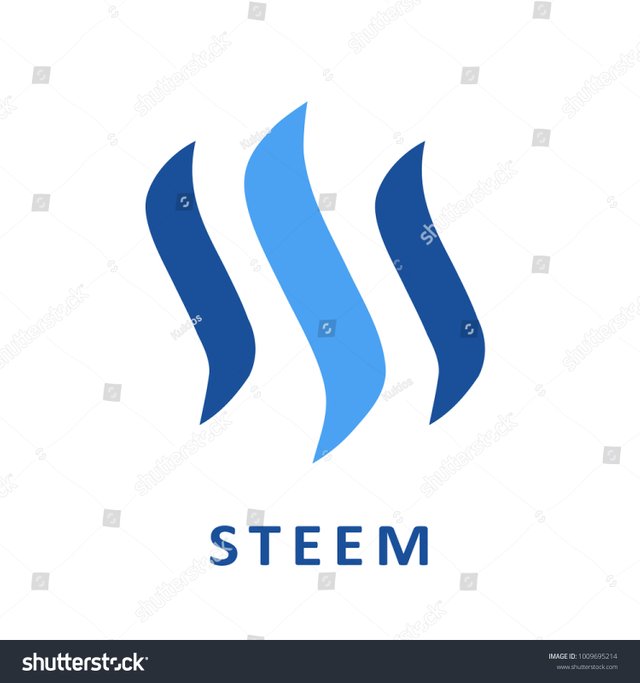The Steem Blockchain

The Steem blockchain was a decentralized social media platform that rewarded users for creating and curating content using the platform's native cryptocurrency, STEEM. It allowed users to earn STEEM tokens based on the popularity of their posts. However, as of my last knowledge update in September 2021, the Steem blockchain had experienced some controversies and changes in its governance structure. Please note that there might have been further developments or changes since then.
Steem Blockchain Work System

The Steem blockchain operated on a proof-of-stake consensus mechanism, where users who held STEEM tokens could participate in the block production and validation process. Here's a simplified overview of how it worked:
Content Creation: Users could create posts on the Steem platform, including articles, images, and videos.
Voting and Curation: Other users could vote on these posts, indicating their appreciation for the content. The voting power of a user was directly proportional to the amount of STEEM they held.
Reward Distribution: Based on the votes received, posts were rewarded with STEEM tokens. A portion of the rewards went to the content creator, and another portion went to the users who voted on and curated the content. This system aimed to incentivize high-quality content and engagement.
Vesting: To prevent instant sell-offs of earned rewards, the platform had a concept of "vesting." Rewards earned were initially in a "vested" state and gradually became fully liquid over time.
Delegated Proof of Stake (DPoS): Steem used a DPoS consensus mechanism. Token holders could "delegate" their tokens to other users who were actively participating in block production. These delegates, also known as "witnesses," would then validate transactions and create blocks on the blockchain.
Witness Voting: Users could vote for witnesses they believed were effectively maintaining the network. The top-ranked witnesses would participate in block production and earn rewards for their efforts.
Governance: The platform's governance was determined by its token holders. They could propose and vote on changes to the protocol and other platform-related decisions.
Remember that my information is accurate as of September 2021, and there may have been developments or changes since then.
Steem Blockchain competitors
As of my last update in September 2021, the Steem blockchain had a few notable competitors and alternatives in the blockchain and social media space. Some of these competitors included:
Hive: Hive is a fork of the Steem blockchain that was created by a community of users who disagreed with changes made to the governance of the Steem blockchain. It aimed to provide a decentralized social media platform with improved governance and community-driven decision-making.
EOS: EOSIO, the technology behind the EOS blockchain, also offered a platform for decentralized applications and smart contracts. While it had a broader focus beyond social media, it was sometimes seen as a competitor due to its ability to support various dApps and platforms.
Minds: Minds is a decentralized social media platform that rewards users with cryptocurrency for their engagement and content creation. It's built on the Ethereum blockchain and offers features similar to those of Steem, including content sharing, voting, and earning rewards.
LBRY: LBRY is a content-sharing platform that uses blockchain technology. It aims to provide creators with more control over their content and a way to monetize their work through the LBRY Credits (LBC) cryptocurrency.
Publish0x: While not a blockchain itself, Publish0x is a platform that allows users to earn cryptocurrency rewards for reading and writing articles. It supports various cryptocurrencies and tokens as rewards.
BitClout: BitClout is a relatively new blockchain-based social media platform that allows users to buy and sell "creator coins" tied to the reputations of real people. It garnered attention for its unique approach to social media and investment.
Please note that the landscape of blockchain and social media platforms is continuously evolving, and there may have been new developments or changes in the competitive landscape since my last update.